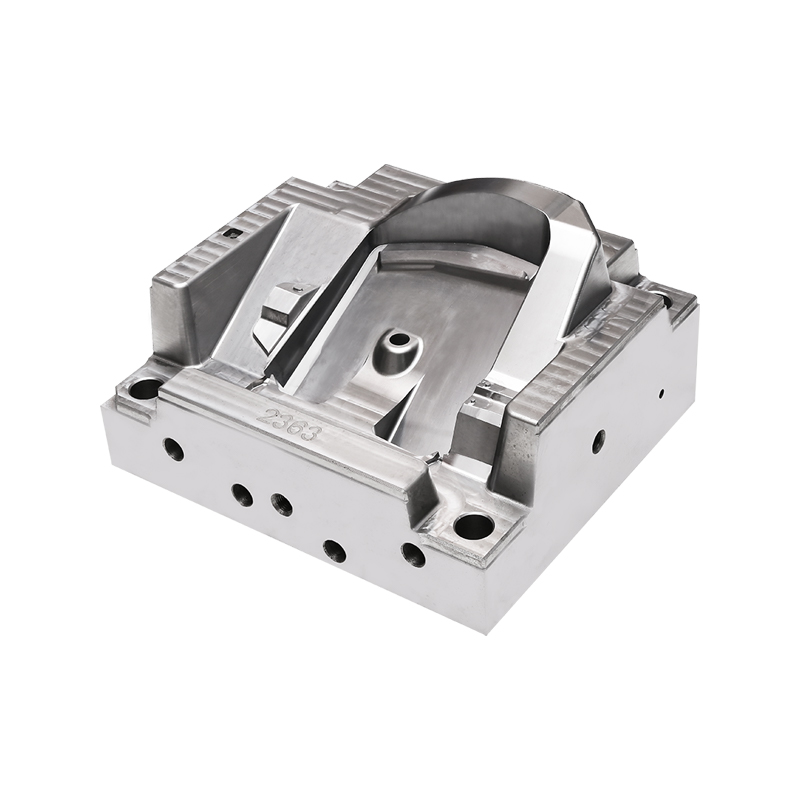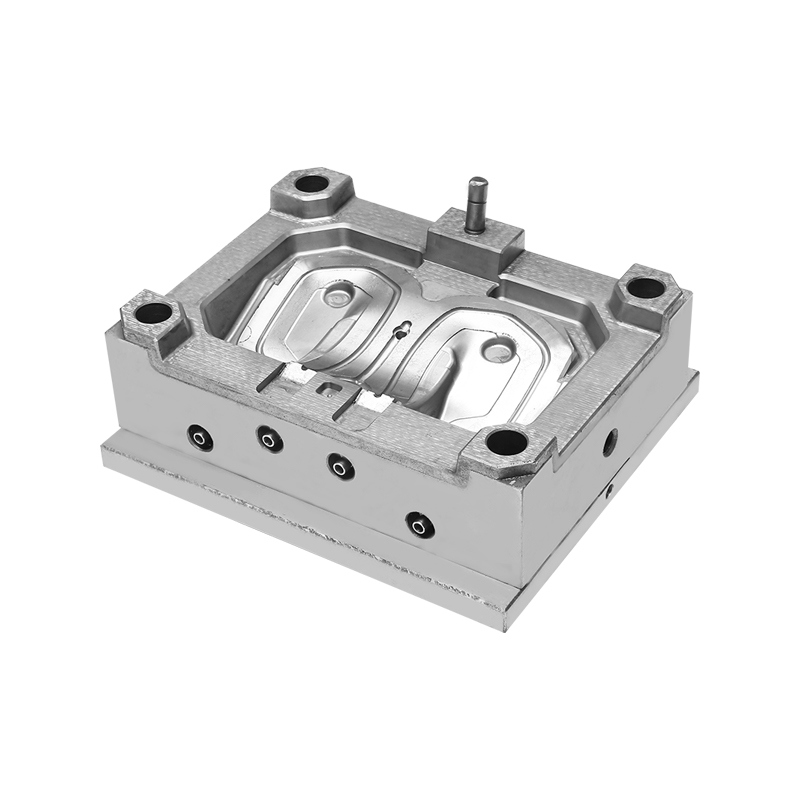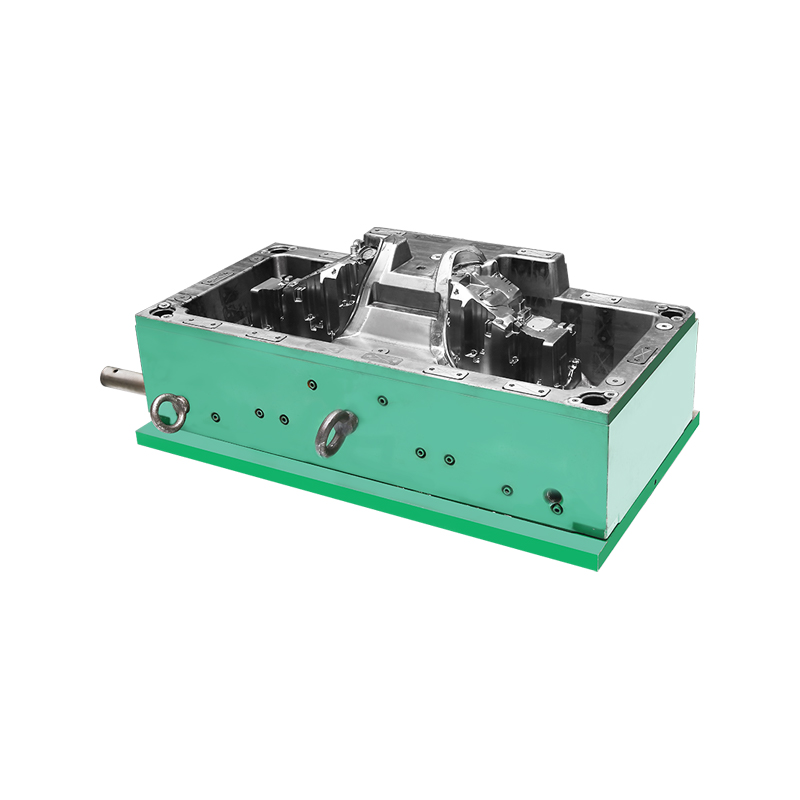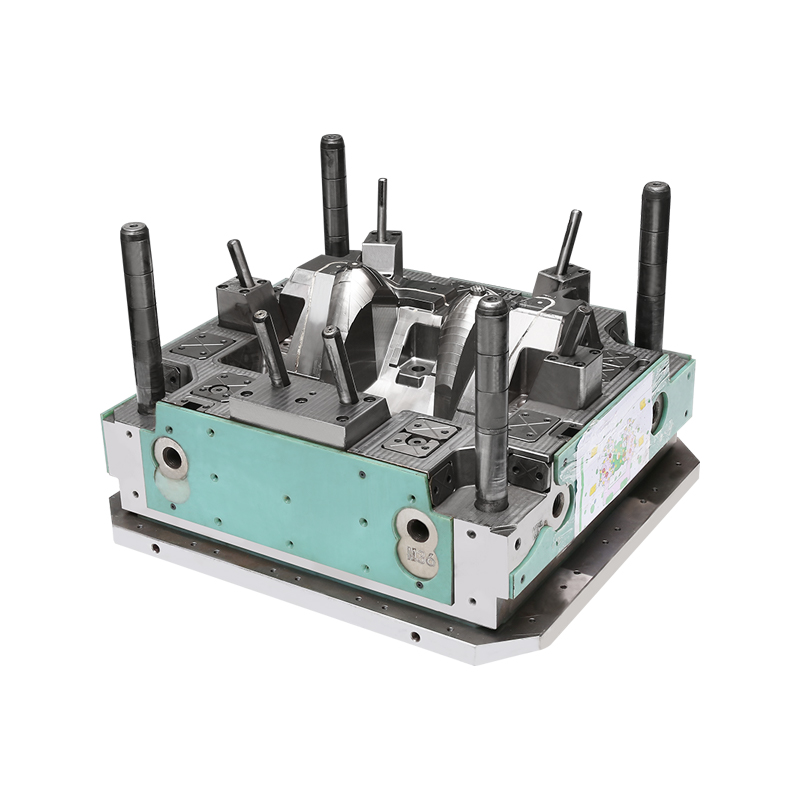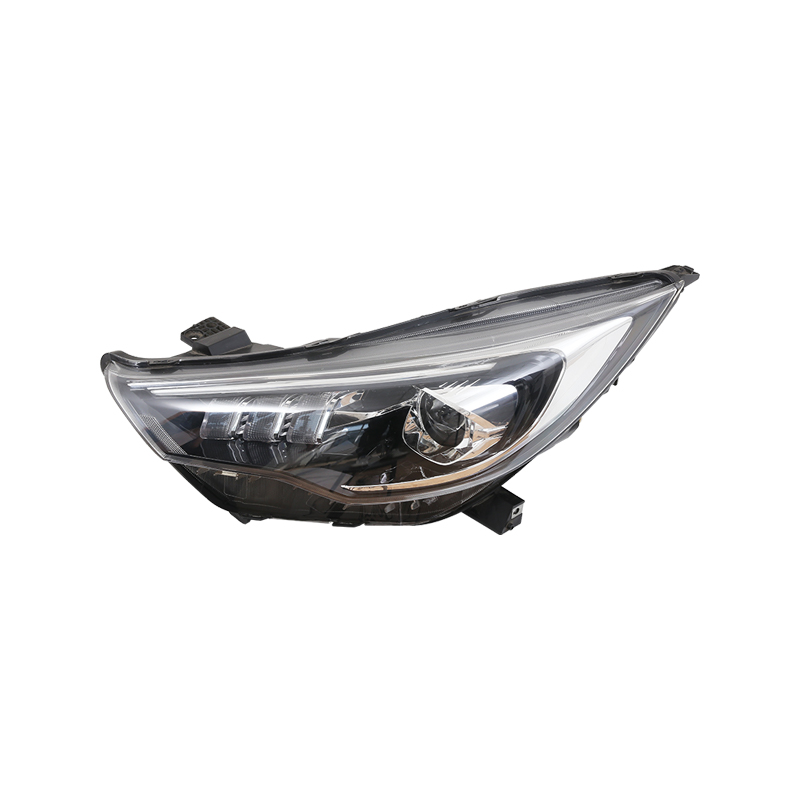In the automotive manufacturing industry, the quality and durability of components are critical to vehicle performance and safety. Among these components, auto lamp moulds play a vital role in shaping the lenses and housings of headlights, taillights, and signal lights. These moulds are precision tools that require careful handling and regular maintenance to ensure consistent production quality and long-term usability. Proper maintenance not only enhances the performance of auto lamp moulds but also significantly extends their operational lifespan, offering both economic and operational benefits to manufacturers.
Auto lamp moulds are typically made from high-grade steel or aluminum alloys, designed to withstand high pressure and temperature during the injection moulding process. Despite their robust construction, these moulds are subject to wear and tear over time due to repeated use, exposure to heat, and contact with molten plastic materials. Without proper care, issues such as surface corrosion, dimensional inaccuracies, and even structural damage can occur, to defective products and costly downtime.
One of the effective ways to extend the lifespan of auto lamp moulds is through routine cleaning. Residual plastic, dust, and other contaminants can accumulate on the mould surface, affecting the finish of the lamp components and potentially causing blockages in the mould cavities. Regular cleaning using appropriate solvents and non-abrasive tools helps maintain the mould’s surface integrity and ensures smooth operation. It is essential to follow the manufacturer’s guidelines when selecting cleaning agents to avoid chemical reactions that could damage the mould material.
Lubrication is another critical aspect of mould maintenance. Moving parts within the auto lamp mould, such as ejector pins and sliders, require consistent lubrication to reduce friction and prevent mechanical failure. Using the correct type of lubricant at recommended intervals helps maintain smooth movement and reduces the risk of component seizure or misalignment. This not only preserves the mould’s functionality but also contributes to the overall efficiency of the production line.
Inspection and preventive maintenance are equally important in prolonging the life of auto lamp moulds. Regular inspections allow technicians to identify early signs of wear, such as micro-cracks, rust spots, or deformation. Addressing these issues promptly can prevent minor problems from escalating into major failures. Preventive maintenance schedules should include checking the alignment of mould components, verifying the condition of cooling channels, and ensuring that all fasteners are securely tightened.
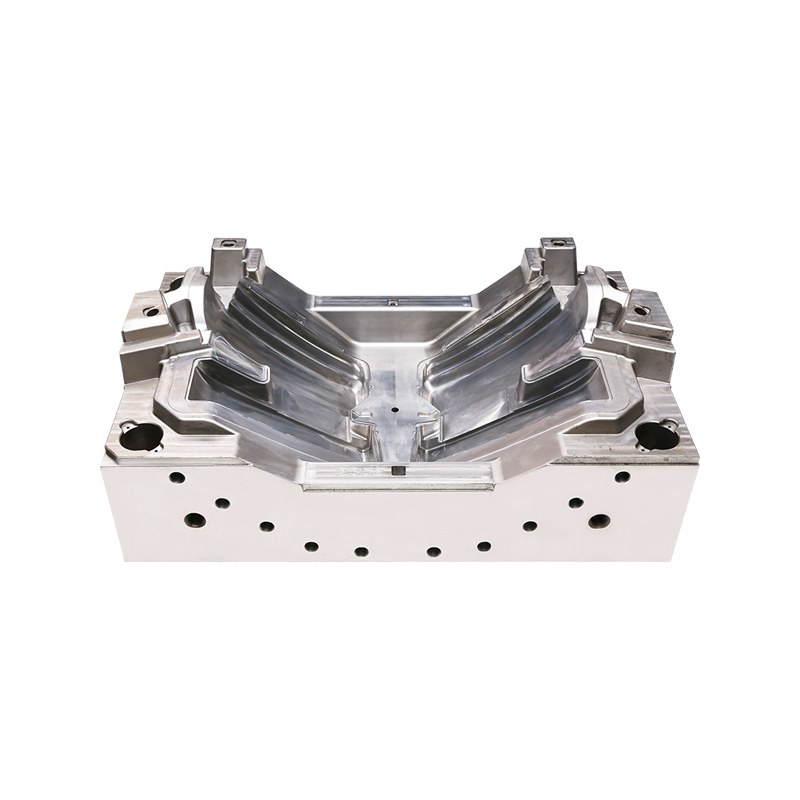
Storage conditions also play a significant role in maintaining the quality of auto lamp moulds when they are not in use. Moulds should be stored in a clean, dry environment with controlled humidity to prevent corrosion. Applying a protective coating or rust inhibitor to the mould surface before storage can further safeguard against environmental damage. Proper storage not only preserves the mould’s condition but also reduces the time and cost required for reconditioning when the mould is brought back into service.
Training and awareness among maintenance personnel are crucial elements in the effective upkeep of auto lamp moulds. Technicians should be well-versed in the specific requirements of each mould type and equipped with the necessary tools and knowledge to perform maintenance tasks correctly. Investing in regular training programs ensures that staff are up to date with the latest maintenance techniques and safety protocols.
In conclusion, proper maintenance is essential for the lifespan of auto lamp moulds. Through regular cleaning, lubrication, inspection, and appropriate storage, manufacturers can ensure that these precision tools continue to produce high-quality components over an extended period. By prioritizing maintenance, companies not only reduce operational costs and downtime but also enhance the reliability and reputation of their products. In a competitive industry where precision and durability are paramount, the care given to auto lamp moulds can make a significant difference in long-term success.

 English
English 中文简体
中文简体 русский
русский Español
Español
